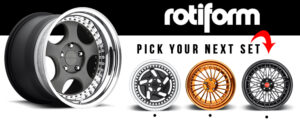1960 BMW 1M speedometer
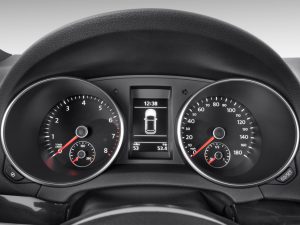
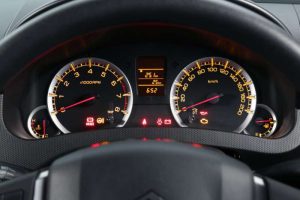
we have a large inventory of
1960 BMW 1M speedometer
what is a 1960 BMW 1M speedometer
A 1960 BMW 1M speedometer or a speed meter could be a gauge that measures and displays the fast speed of a vehicle. currently universally fitted to cars, they began to be offered as choices within the decennium, and as customary instrumentality from concerning 1910 forrader.[1] Speedometers for alternative vehicles have specific names and use other means that of sensing speed(1960 BMW 1M speedometer). For a boat, this is often a pit log. For AN craft, this is often AN speed indicator.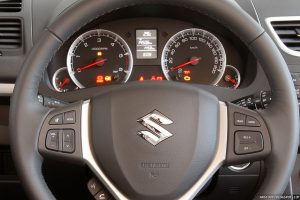
Charles Babbage is attributable with making AN early form of a speed indicator, that was sometimes fitted to locomotives.[2][3]
How the 1960 BMW 1M speedometer works
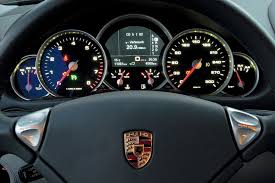
Originally proprietary by Otto Schultze on Gregorian calendar month seven, 1902,[5] it uses a rotating versatile cable sometimes driven by power train connected to the output of the vehicle’s transmission. (1960 BMW 1M speedometer) and plenty of motorcycles, however, use a cable driven from a front wheel.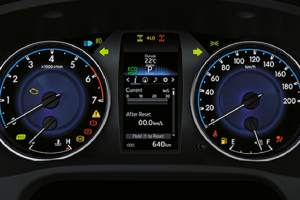
When the vehicle is in motion, a 1960 BMW 1M speedometer gear assembly turns a speedometer cable, that then turns the speed indicator mechanism itself. alittle static magnetmounted to the speed indicator cable interacts with a small atomic number 13 cup (called a speedcup) connected to the shaft of the pointer on the analogue 1960 BMW 1M speedometer instrument. because the magnet rotates close to the cup, the dynamical force field produces eddy currents within the cup, that themselves turn out another force field. The impact is that the magnet exerts a torsion on the cup, “dragging” it, and so the speed indicator/1960 BMW 1M speedometer/ pointer, within the direction of its rotation with no mechanical associationbetween them.[1]
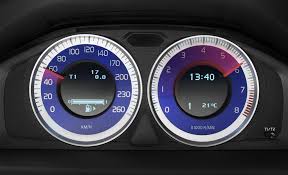 The pointer shaft is control (1960 BMW 1M speedometer)toward zero by a fine torsion spring. The torsion on the cup will increase with the speed of rotation of the magnet. so a rise within the speed of the automobile can twist the cup and speed indicator pointer against the spring. The cup and pointer can flip till the torsion of the eddy currents on the cup are balanced by the opposing torque of the spring, and so stop. Given the torsion on the cup is proportional to the car’s speed, and therefore the spring’s deflection is proportional to the torsion, the angle of the pointer is additionally proportional to the speed, in order that equally spaced markers on the dial are often used for gaps in speed. At a given speed, the pointer can stay still and inform to the acceptable variety on the speedometer’s(1960 BMW 1M ) dial.
The pointer shaft is control (1960 BMW 1M speedometer)toward zero by a fine torsion spring. The torsion on the cup will increase with the speed of rotation of the magnet. so a rise within the speed of the automobile can twist the cup and speed indicator pointer against the spring. The cup and pointer can flip till the torsion of the eddy currents on the cup are balanced by the opposing torque of the spring, and so stop. Given the torsion on the cup is proportional to the car’s speed, and therefore the spring’s deflection is proportional to the torsion, the angle of the pointer is additionally proportional to the speed, in order that equally spaced markers on the dial are often used for gaps in speed. At a given speed, the pointer can stay still and inform to the acceptable variety on the speedometer’s(1960 BMW 1M ) dial.
The come back spring is tag specified a given revolution speed of the cable corresponds to a selected speed indication or 1960 BMW 1M speedometer on the speed indicator. This standardisation shouldtake under 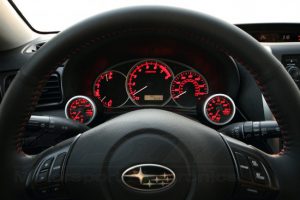 consideration many factors, together with ratios of the tailshaft gears that drive the versatile cable, the ultimate drive magnitude relation within the differential, and therefore the diameter of the driven tires.
consideration many factors, together with ratios of the tailshaft gears that drive the versatile cable, the ultimate drive magnitude relation within the differential, and therefore the diameter of the driven tires.
One of the key disadvantages of the eddy current 1960 BMW 1M speedometer is that it cannot show the vehicle speed once running in reverse gear since the cup would flip within thewrong way – during this state of affairs the needle would be driven against its mechanical stop pin on the zero position.
